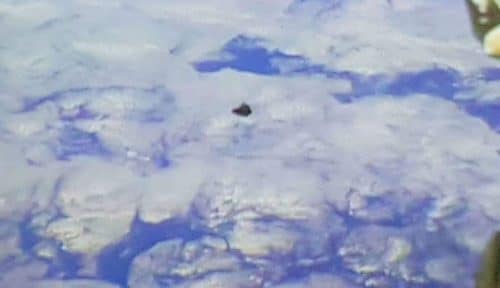Dokifat 2, the Israeli student satellite, was launched today from the International Space Station into its orbit in space. The satellite, a project of the Israel Space Agency at the Ministry of Science and the Municipality of Herzliya, was launched into space a month ago as part of a fleet of tiny satellites whose purpose is to map the outer layer of the atmosphere (thermosphere), a mapping that will help, among other things, to improve the transmission of GPS transmissions.

In a short time the satellite is expected to start sending signals to Earth and during the night it will pass over Israel for the first time so that the signals will be received here as well. The satellite signals will reach the ground station at the Herzliya Science Center manned by the students of the project. The signals will be decoded by the students using software they developed themselves.
The satellite was launched today into its orbit in space as part of a fleet of 28 tiny satellites that have been gradually launched from the space station in recent days. The launch itself was carried out using a special robotic arm operated by Japanese astronauts on the station which launched through a sleeve loaded with three satellites at a time.
Now the satellite will begin its orbit at an altitude of 400 km, the height of the space station, and is expected to gradually lower for about a year, after which it will fall into the atmosphere where it will burn up at an altitude of 90 km above the ground.
Dokifat 2 is the second tiny satellite developed by Israeli students and weighs only 1.8 kg. The satellite was launched into space as part of the European Union's QB50 project with satellites built by students from Belgium, Turkey, South Africa, Australia, Germany, France, South Korea and more. The Israeli team is the only one of high school students, when out of 50 teams only 28 teams passed NASA's rigorous tests on the way to the successful launch.
More than 80 students - from Ofakim, Mirocham, Maofra, Machura (the Bedouin diaspora) and Herzliya - worked for the past two years on the development of Dokifat 2, accompanied by engineers from the academy and from the Bat Halal plant in the aerospace industry. The project is headed by Dr. Meir Ariel, director of the Herzliya Science Center. The students worked in ten teams and had access to a clean room, an electronics laboratory and a ground station for communication with satellites. Each team was responsible for a different area such as examining the technical specifications, programming the operating system, deciphering the satellite data, control, system engineering and more.
See more on the subject on the science website:
- The Israeli student satellite Dokifat 2 was successfully launched into space today
- The children overcame all the obstacles that were on the way in the development of the Dokifat 2 satellite
- "We built a training system in which the graduates train the young people entering the Dokifat 2 project"
- Not a single screw in the Dokifat 2 satellite was screwed in by an adult, and not a single line of code was written by an adult
